Disclosure: Meeple Mountain received a free copy of this product in exchange for an honest, unbiased review. This review is not intended to be an endorsement.
A few weeks ago, I had the chance to play Dulce (2022, Stronghold Games) with friends who picked up a copy at Gen Con.
It was such a pleasant experience once I absorbed the rules, broken up only occasionally by the reason I would play this game with friends versus solo, as the game is exactly the same in both formats. That reason: calm music and a bourbon pair quite well with occasional profane outbursts such as “I need more ******* cacao!!”
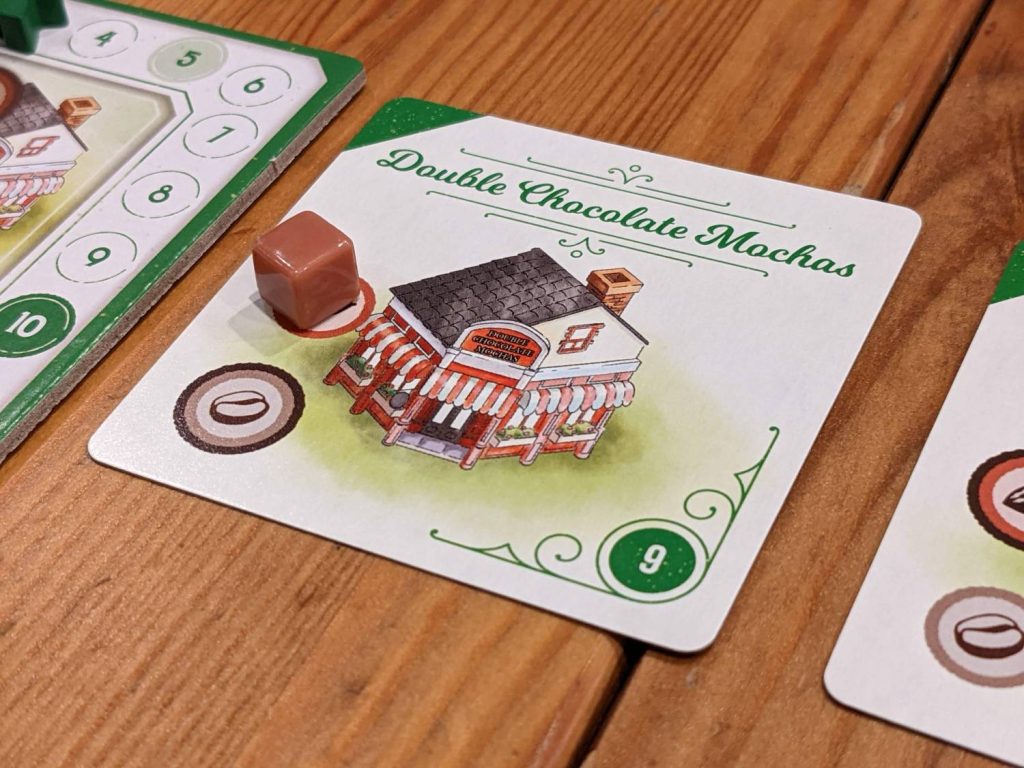
Feed the Chickens
Over 20 turns, players are competing to score the most points by building up the most efficient confectionary empire. (With a goal like that and a dessert lover like me, this was a match made in heaven.)
Each game uses a deck of 20 cards—from a pool of 24 cards in total—to dictate the action. One player is the “lead player”, but all players have the same deck. On a turn, the lead player calls out the name and number of the card at the top of their deck, and even this moment is a lot of fun: “Truffles!” “Doughnuts!” “Chocolate Clusters!”
Then, each player stares at this card and can do one of three things:
- Build it. This adds the card as a café to a tableau, which you’ll use later to add ingredients to each café.
- Plant it. The front of the card had a picture of a café, but the back of the card is split into a 2×2 grid featuring some of the four available ingredients in the game: coffee, vanilla, cacao and peanuts. Placing this on your small player board creates resource cubes that will later be used during the harvest action.
- Harvest it. You could just toss the card into your discard pile; this allows you to take all of the cubes from a single row or column from your 4×4 player board (the fields) and place them into the matching ingredient spaces on your cafés.
After taking an action, each card that is full of ingredients opens for business and will score. Scoring is simple: you get a point if it is full (meaning it has two resources on it, since each café only holds two cubes), then you get to look at the rings around each ingredient space.
When ingredients move from the fields to the cafés, they are considered “pure bean” and can be placed on either a 1-, 2-, or 3-ring ingredient space. But if you score a café, any resources in a pure bean space can move down as byproducts to a 2-ring or 1-ring space, allowing them to trigger another café’s scoring potential. (Ditto for any “ground bean”, or 2-ring, resources, which can then move to any card that has a 1-ring match after scoring. You just can’t move an ingredient across rings–from a 2-ring to a 2-ring–or up a level.)
Watching this river of scoring can be fun—this is where the game’s complexities begin to shine, especially because of the random nature of how each card is drawn by the lead player. There’s enough tension on each turn that Dulce can be a 30-minute game, but in the wrong hands could turn into a 45-minute (or more!) game as players try to max out their ingredient efficiency.
Oh, and if you can’t place resources from the harvest action, or you have to move an ingredient from a 3- or 2-ring space off of your cafés, you’ll still get compensation in the form of eggs.
Eggs? Well, when you can’t place a resource, you get to “feed the chickens”, Dulce-speak for moving your chicken up your scoring track. Separate from your victory point token, the chicken gives you a chance to redeem chicken points for eggs at a 3-to-1 rate. This allows for the placement of an egg, a wild resource that doesn’t create byproducts but does keep some of your chains going when you need to score a few more points.
And who doesn’t like muttering “gotta feed the chickens” under their breath during a game with friends?
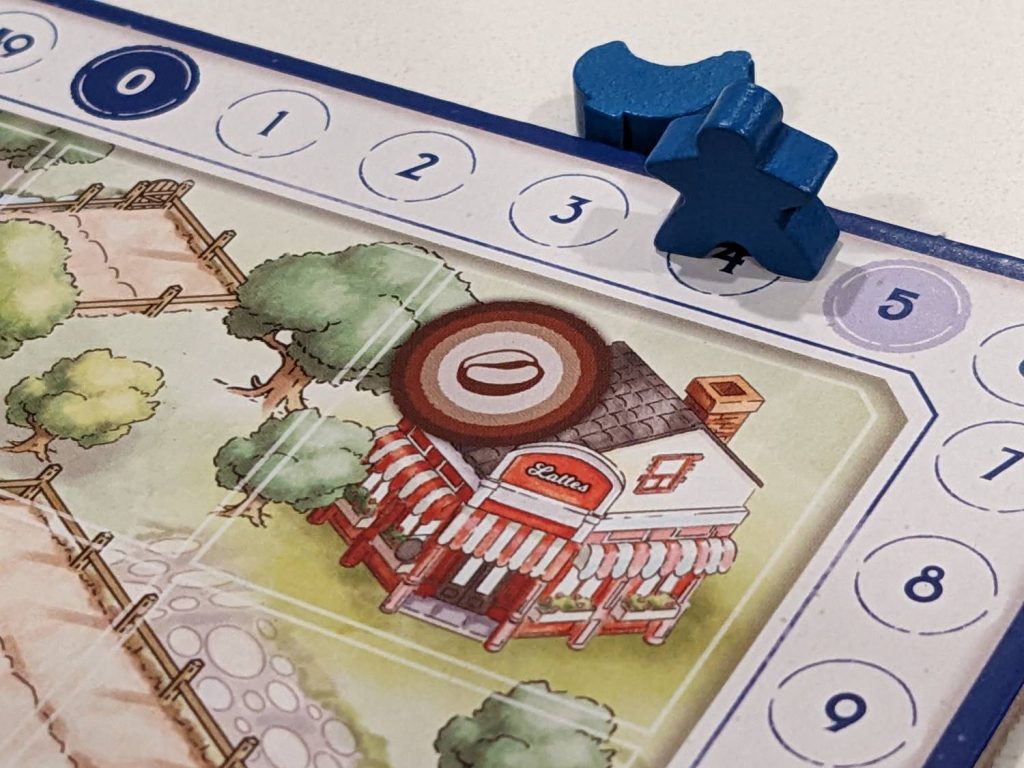
Let’s Give Credit Where Credit is Due
I’m the first to tell people that when I hear the words “Stronghold Games”, I think about the worst player mats in player mat history. To the credit of Stronghold, the games have always been at least interesting, and in the case of something like Terraforming Mars, very, very good. I didn’t love AuZtralia, but it was interesting. Flamme Rouge made a handsome first impression, even if I didn’t think it would hold up over future plays. Not Alone is fine, at least if you’re not the alien.
But all those games have a production footprint that I would call lacking. I sat down to try Dulce and I was surprised by how handsome the cards were. The card finish is nice and the player aid is excellent (seriously, the game can be taught using just the aid). The box is too large, but the simple cover is beautiful, so I’m willing to let this slide just a tad.
Do I wish that the resource cubes were not all basically off-white? Sure. Even putting patterns on the cubes would be ideal but that would have jacked the price on a game that sits comfortably in the $30-ish price range.
But I’m very comfortable sharing this much: this is easily the best Stronghold game in terms of production that I have played. The game’s theme has almost a wine-and-cheese feel despite an actual theme of sweet treats, but the look of this game is impressive.
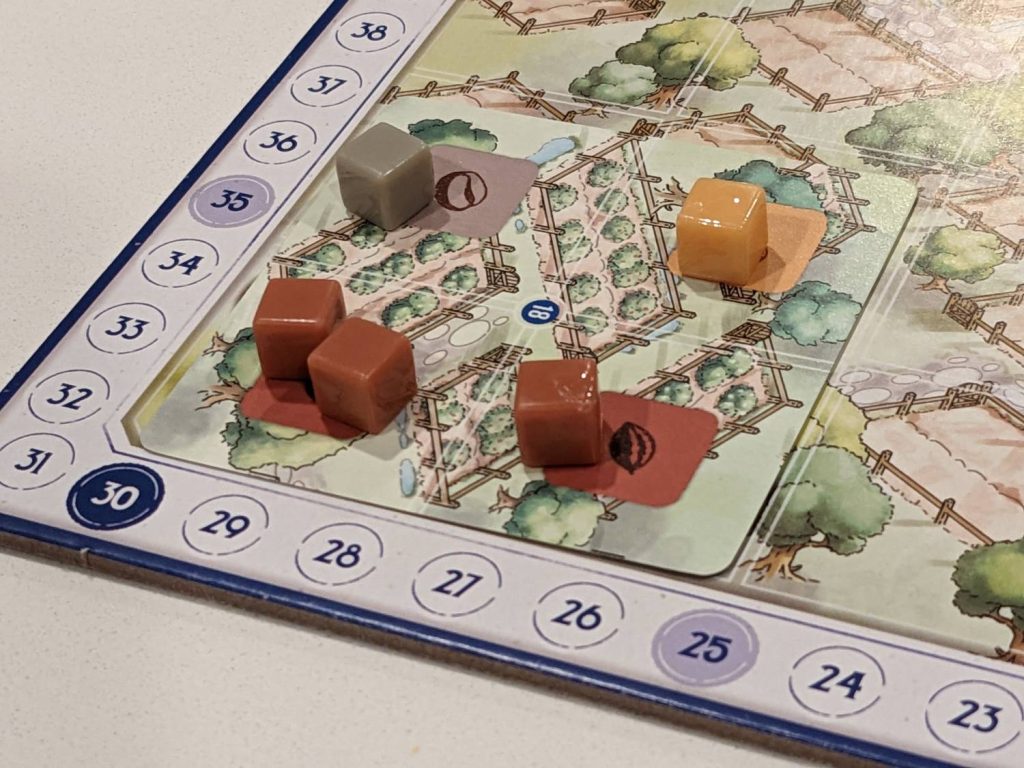
Delightful
If you have 30 minutes and a taste for something casual for gamers, Dulce will land quite well. I think it’s just a hair too difficult to sort out the game’s complexities for someone who doesn’t play a lot of efficiency engine-style games, so I like it as a game to warm up before another Euro hits the table later in the evening.
Coffee Traders is the kind of game I think I would like, but I don’t have four hours to build up my coffee empire. Dulce gives you a lot of the same rhythms, particularly around planting crops and harvesting resources, in a much tighter, simpler package. Dulce feels like a puzzle that would take a bit to master. (My scores have ranged from 27-41, and per the high-score sheet on the back of the rulebook, I have a long way to go!)
Sadly, the game is exactly the same solo or with live players, so there is almost no interaction here. Dulce is energized by discussing how players decided to differentiate their actions at the end of the game, or by hearing someone (normally me) yell out a stream of profanities as I realize that the game is winding down with not enough points to catch the next player.
That’s OK. I’ve enjoyed my plays and Dulce sits nicely as a quiet activity with my wife when we want to get a quick game in!


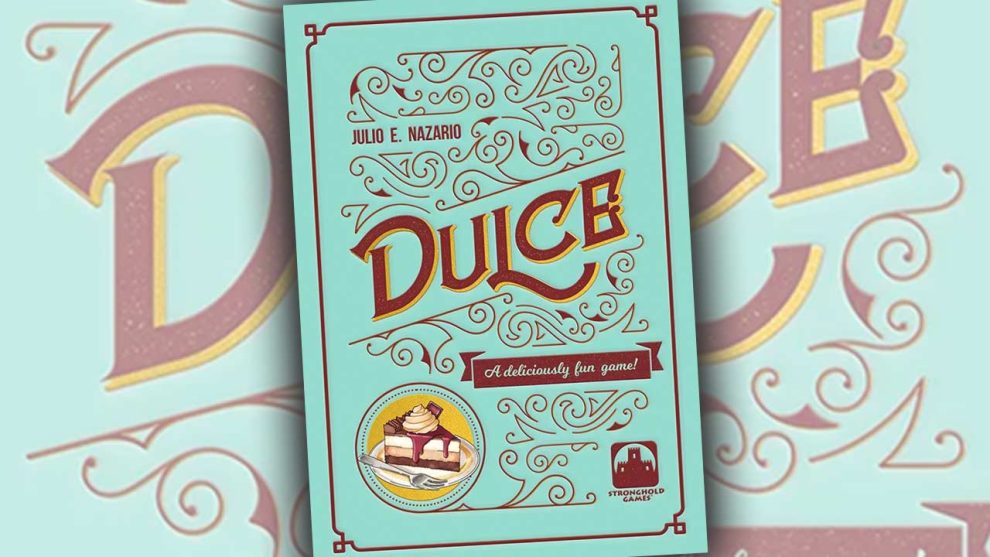

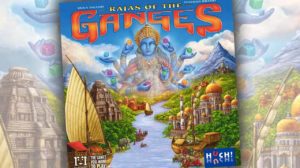
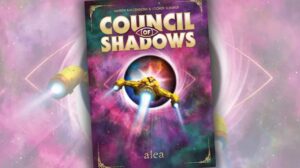






Add Comment